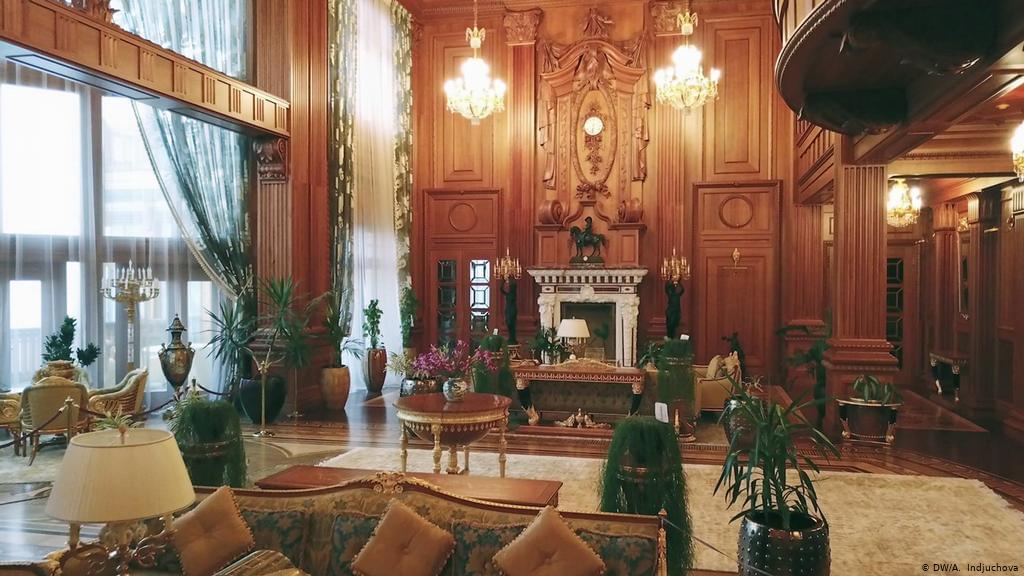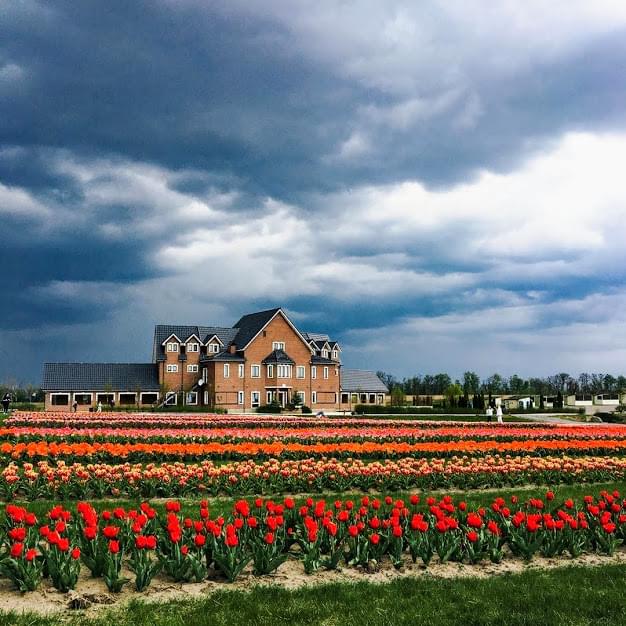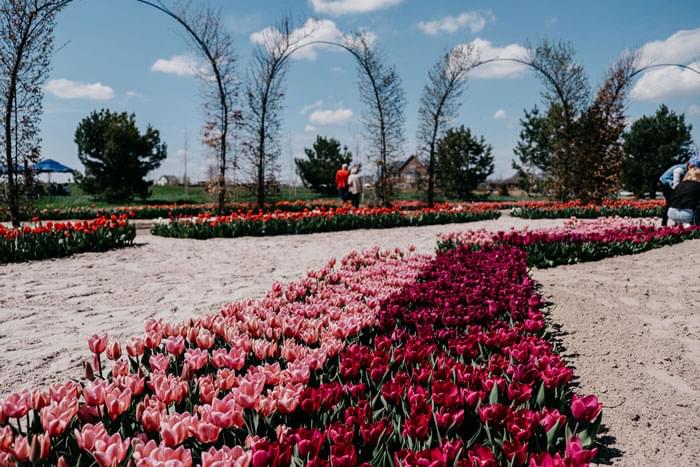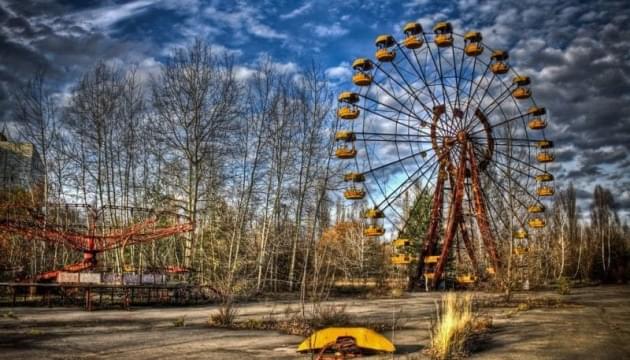
POLISSYA
Polissya is a special historical and ethnographic region of Ukraine, part of the former homeland of the Slavs, an ancient ethnocontact zone. This land of dense forests and impassable swamps is often called the ancient cradle of Slavism. Like the Carpathians, Polissya has preserved the oldest relics of Proto-Slavic and proto-Ukrainian culture, which are constant objects of study for archaeologists, historians, folklorists and ethnographers. And also - the long-suffering land that suffered from the Chernobyl nuclear disaster. Probably, the last factor led to the intensification of scientific research of Polissya folk culture, which suffered a devastating blow in the twentieth century. The historical and ethnographic region of Polissya attracts the attention of scientists and amateur researchers - the features of traditional material and spiritual culture, the language of its population. The modern ethnocultural processes of this territory are also clearly specific.
Polissya is a special historical and ethnographic region of Ukraine, part of the former homeland of the Slavs, an ancient ethnocontact zone. This land of dense forests and impassable swamps is often called the ancient cradle of Slavism. Like the Carpathians, Polissya has preserved the oldest relics of Proto-Slavic and proto-Ukrainian culture, which are constant objects of study for archaeologists, historians, folklorists and ethnographers. And also - the long-suffering land that suffered from the Chernobyl nuclear disaster. Probably, the last factor led to the intensification of scientific research of Polissya folk culture, which suffered a devastating blow in the twentieth century. The historical and ethnographic region of Polissya attracts the attention of scientists and amateur researchers - the features of traditional material and spiritual culture, the language of its population. The modern ethnocultural processes of this territory are also clearly specific.



Large-scale natural complex Mezhigorye
The large-scale natural complex Mezhigorye with an area of 137 hectares is a "must visit" for many Ukrainians.
The residence was founded in 1935 on the site of the ancient Mezhigorsk Savior-Transfiguration Monastery, known since the XII century. Since 2002, Mezhigorye has been Viktor Yanukovych's residence. The complex includes: club house "Honka", old house of Yanukovych, guest house "Putin's house", landing stage "Galeon", sports complex, spa center, golf club, yacht club, garage with a collection of cars, zoo, dog center , a huge park with artificial lakes.
Since February 2014, the residence "Mezhigorye" is open for access. Here are walking tours with a visit to the "Honki" and the health complex, sightseeing tours by electric car. It is possible to rent a bicycle at the entrance. La petite Ecurie Equestrian Club offers horse riding lessons and carriage rides. There are barbecues and coffee shops on the territory of the complex.
Dobropark
Dobropark is a project of the Dobrutsky family landscape park.
The couple planted their favorite collections of plants: hydrangeas, magnolias, sakura, lilac, several varieties of birch and conifers, more than 20 thousand tulips and others. Over time, these collections were supplemented by unique varieties that the couple brought after traveling to the world-famous gardens of England, France, Holland and Belgium.
The Dobrutsky family immediately liked the location with incredible energy. After several visits to the location, its name - DOBROPARK "appeared."
Dobropark met its first visitors in 2020 and presented 1,270,000 tulips, a lavender meadow, a boxwood valley, a petunia garden and liatris fields. The goal of the founders for the next 5 years is to turn Dobropark into the best park in Ukraine.



Chernobyl zone
The ghost town of Pripyat is a mute witness of how the life of its inhabitants was suddenly divided into "before" and "after" on an April 1986 night. A city to which those for whom it was created will never be able to return. Deserted streets, dead windows of houses, abandoned apartments with preserved photographs on the walls, trees on the roofs of high-rise buildings - this is how the once exemplary Soviet city now looks like.
The amusement park is one of the most popular attractions in Pripyat. A dilapidated swing and abandoned alleys sharply emphasize the contrast between the past and the present.
The opening of this park was scheduled for May 1, 1986, but it was never destined to receive its guests due to the disaster that occurred.
The Ferris wheel, on which no one rode, has become one of the symbols of both Pripyat and the entire Chernobyl zone.